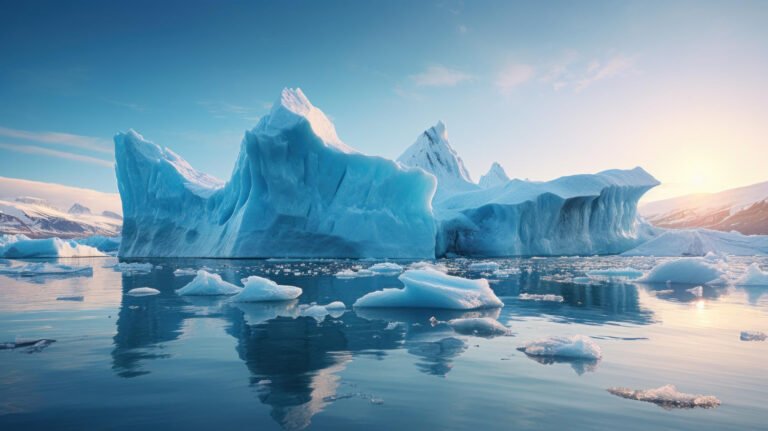New Insights from the Last Ice Area Inform Arctic Conservation Strategies
A recent 56-day research expedition by the Refuge Arctic consortium to the Last Ice Area—a region spanning northern Canada and Greenland—has provided critical data on this rapidly changing Arctic zone. The area, known for its thickest and oldest sea ice, is experiencing unprecedented transformations due to climate change, pollution, and increased human activity. Findings from this mission are essential for developing effective long-term conservation efforts to preserve the unique ecosystems and species dependent on this habitat.
Important Points
- Ecological Significance: The Last Ice Area serves as a crucial refuge for ice-dependent species, including polar bears, seals, and walruses, making its preservation vital for Arctic biodiversity.
- Climate Change Impact: Accelerated melting of sea ice and glaciers in this region highlights the pressing need to address global warming to protect these critical habitats.
- Pollution Concerns: The presence of contaminants such as mercury and microplastics poses additional threats to the fragile Arctic ecosystem, necessitating comprehensive pollution mitigation strategies.
- Conservation Imperatives: Data from the expedition will inform policies aimed at safeguarding the Last Ice Area, ensuring the survival of its unique species and the ecological services it provides.
Read More Here: New Data from ‘The Last Ice Area’ May Help Long-Term Conservation Efforts in the Arctic
Also Read: Ice-free Arctic Before 2030?







